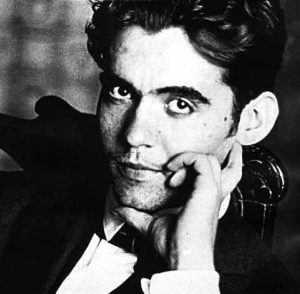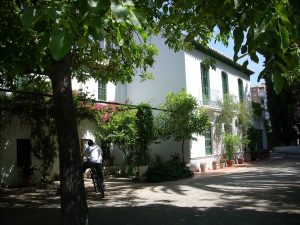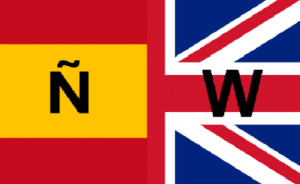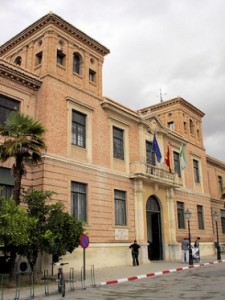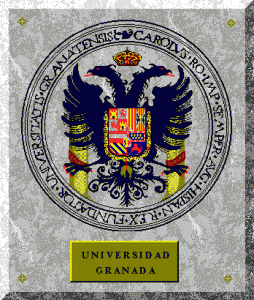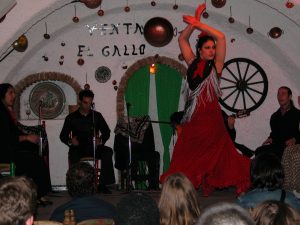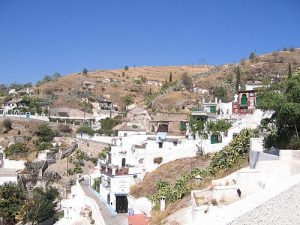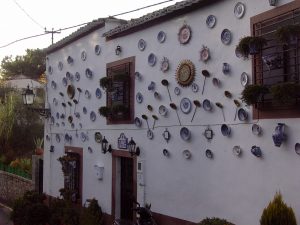| Español | Inglés | |
|---|---|---|
|
La Escuela Delengua es una escuela de español con un ambiente muy internacional. Hay una buena mezcla entre estudiantes provenientes de países europeos como Alemania, Gran Bretaña, Países Bajos, Francia, Dinamarca o Italia, o incluso de países lejanos como Japón, Australia o Estados Unidos. También la edad de los estudiantes varía mucho. Normalmente, los estudiantes tienen una edad entre 20 y 30 años, pero por supuesto hay también estudiantes más jóvenes y más mayores. Un estudiante bastante especial era el Sr. Knut Osterhelt, un danés de 79 años que hizo un curso de español en la Escuela Delengua durante una semana en noviembre. Al profesor de alemán jubilado, que también tiene conocimientos de francés e italiano, le encantan las lenguas romances en general y por eso se decidió hace unos años a estudiar español. Empezó con autoaprendizaje en casa, porque dice que con un cierto conocimiento de un idioma se aprende mucho más en el curso. Durante los últimos tres años ha hecho 4 cursos de español, uno en Salamanca, otro en Dinamarca y dos en la Escuela Delengua en Granada. Aunque había pausas largas entre los cursos, siempre siguió estudiando en casa, por ejemplo a través de la lectura. A Knut Osterhelt le gusta mucho la literatura sudamericana, sobre todo las novelas de Mario Vargas Llosa. Decidió inscribirse de nuevo en un curso de español con el fin de mejorar su español de uso diario para sentirse más seguro cuando viaja por España, y además para mejorar la pronunciación, que es lo que le cuesta más de la lengua española y que le parece mucho más difícil que, por ejemplo, la pronunciación del francés. Durante su estancia vivió con una familia española, junto a una pareja holandesa que también hizo un curso de español en la Escuela Delengua. Se decidió por esa forma de alojamiento para conocer la vida diaria de una familia española y para poder practicar el español también fuera de las clases. Escogió la ciudad de Granada para hacer un curso de español porque a él le interesa mucho Andalucía y su historia, en particular las ciudades Granada y Córdoba. Lo que le gusta más de Granada es que la ciudad no es demasiado grande ni demasiado pequeña, y que hay muchos monumentos y lugares maravillosos como la Alhambra, el Albaicín, la Catedral, etc. Sin embargo hay también una cosa que no le gusta: que hay muchos perros en la calle y por eso hay que tener mucho cuidado de dónde se pisa… Al fin y al cabo, recomendaría en todo caso hacer un curso de español, o en España o donde sea, y ya está planeando su próxima visita a Granada. |
Escuela Delengua is a Spanish Language School that has an international environment. There is a great mix of students coming from european countries like Germany, Great Britain, the Netherlands, France, Denmark and Italy, or even from distant countries like Japan, Australia and the USA. The students are always a variety of ages. Normally, the students are between 20 and30 years old, but there are of course also older or younger students.
A very special student was Mr. Knut Osterhelt, a 79 year old Dane who did a Spanish language course at Escuela Delengua for one week in November. The retired German teacher, who has also some knowledge of French and Italian, has a great interest in roman languages in general, and therefore he decided to start studying Spanish a few years ago. He started by studying on his own, because he said that with a certain knowledge of a language you can learn a lot more in the course. In the last three years he has done four Spanish courses, one in Salamanca, one in Denmark and two at Escuela Delengua in Granada. Although he had big breaks between the courses, he always continued studying at home, by reading for example. Mr Osterhelt likes Latin American literature a lot, most of all he likes the novels by Mario Vargas Llosa. He decided to enrol again for a Spanish course with the aim of improving his everyday Spanish to feel more confident while travelling through Spain, and furthermore to improve the pronunciation, which he considers the most difficult aspect of the Spanish language and more complicated than for example the pronunciation of French. During his stay he lived in a Spanish host family, together with a Dutch couple who also did a Spanish course at Escuela Delengua. He chose this type of accomodation to get to know the everyday life in a Spanish family and to be able to practise his Spanish outside the classroom. He chose the city of Granada to do a Spanish course because he is very interested in Andalusia and its history, especially in the cities Granada and Cordoba. What he likes most about Granada is the fact that the city is neither too big nor too small, and that there are many wonderful monuments and places like the Alhambra, the Albaicin, the Cathedral etc. Nevertheless, there’s also one thing he doesn’t like: that there are so many dogs in the streets and so you have to watch your step… In the end, he would always recommend doing a Spanish course, in Spain or wherever, and he’s already planning his next visit to Granada. |
For more information visit our website:
Search
Archives
-
Recent Posts
Tags
activities Alhambra Andalucía Andalusia Aprende español en España Aprende español en Granada Cine Español cinema cultura Cursos de espanol en Granada Cursos de español Cursos de español en España Cursos de lengua Cursos de lengua en España Cursos de lengua en Granada Delengua activities España español fiesta film flamenco Gramática Española / Spanish Grammar Granada hiking in the Sierra Nevada la lengua española Language courses language courses in Granada language courses in Spain learn Spanish learn Spanish in Granada Learn Spanish in Spain Pedro Almodóvar senderismo en la Sierra Nevada Sierra Nevada Spain spanish Spanish Courses Spanishcourses in Granada Spanish courses in Granada Spanish Courses in Spain Spanishcourses in Spain Spanish Grammar Spanish Language School the Spanish grammar the Spanish Language




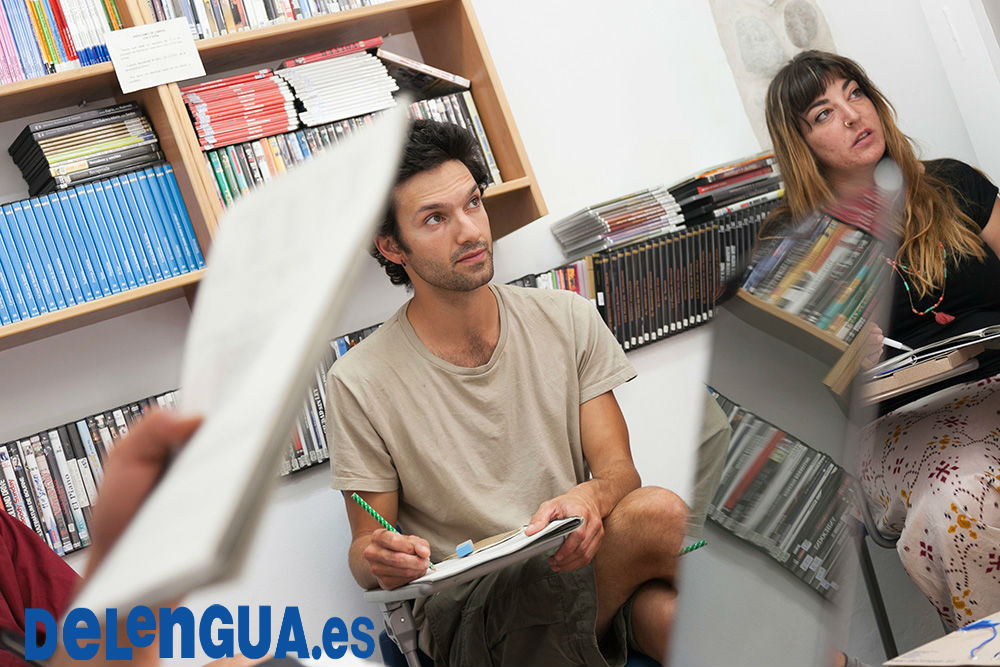
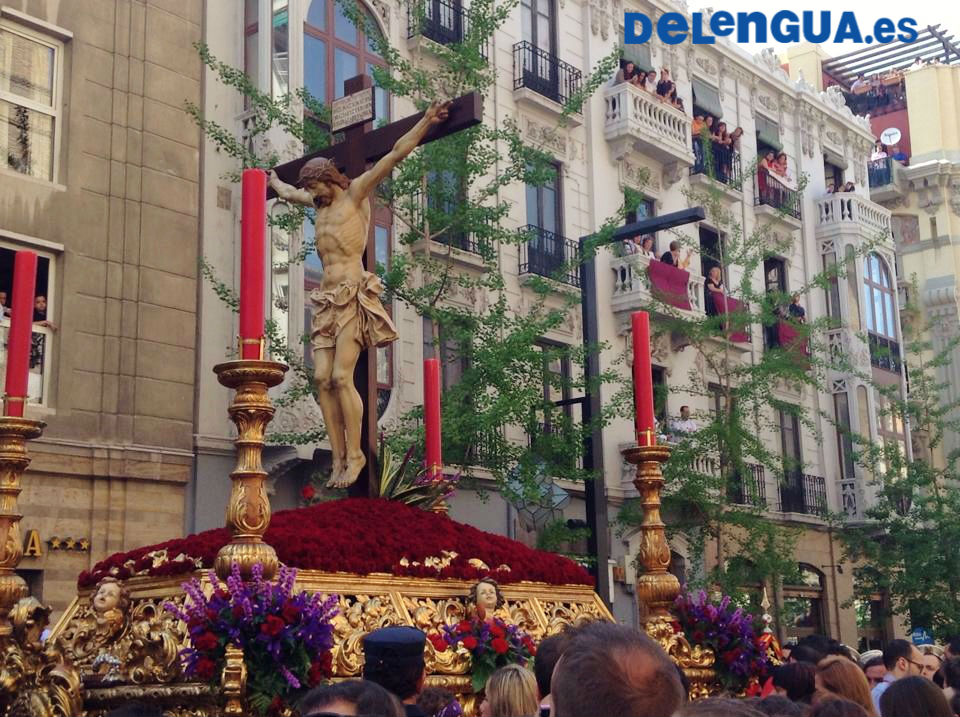
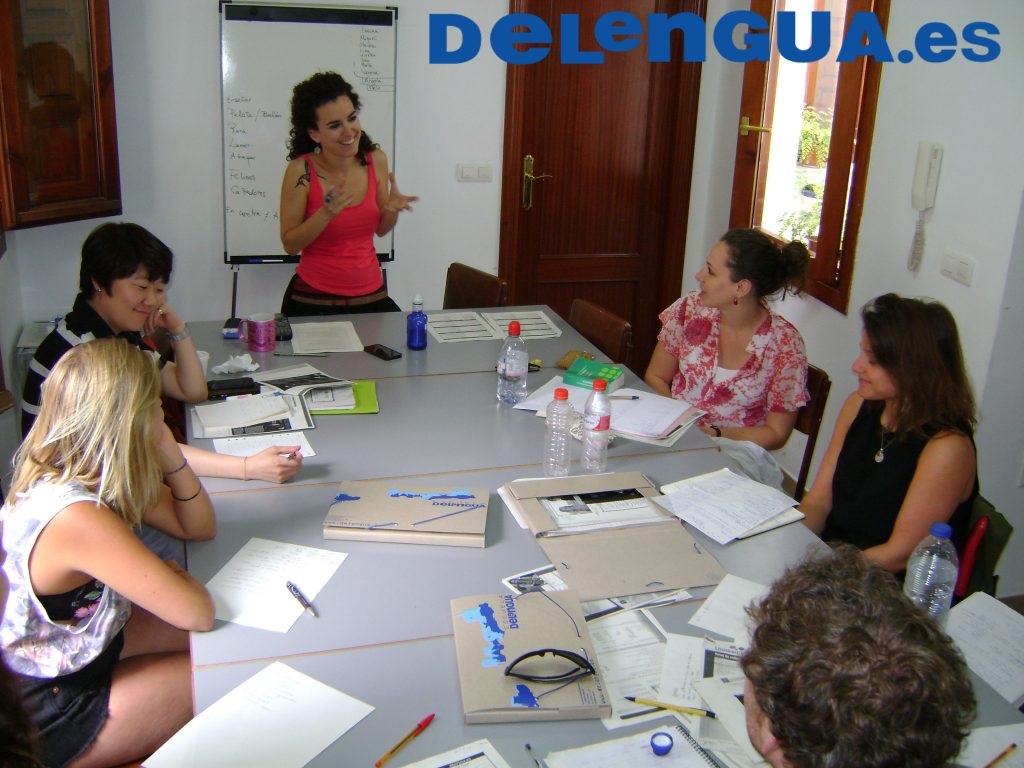
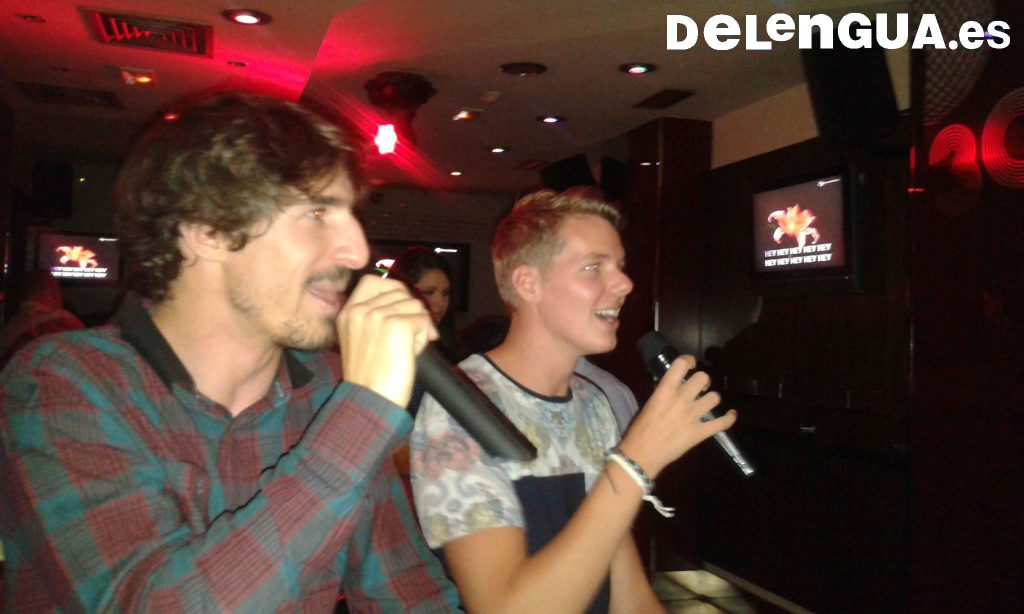
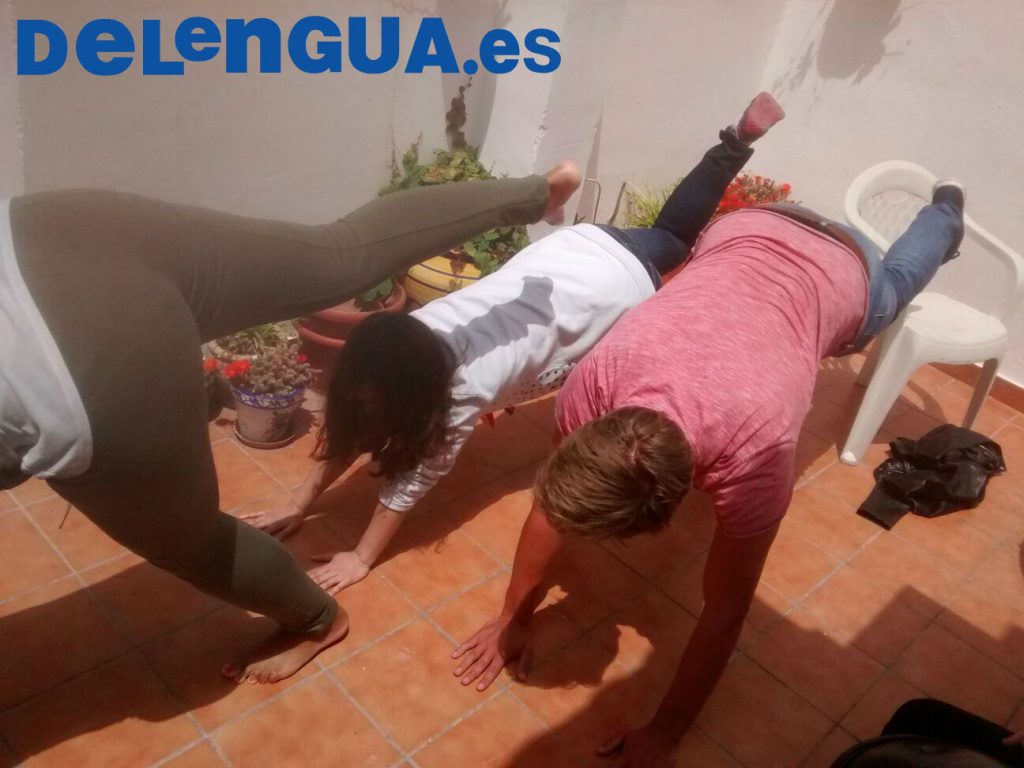
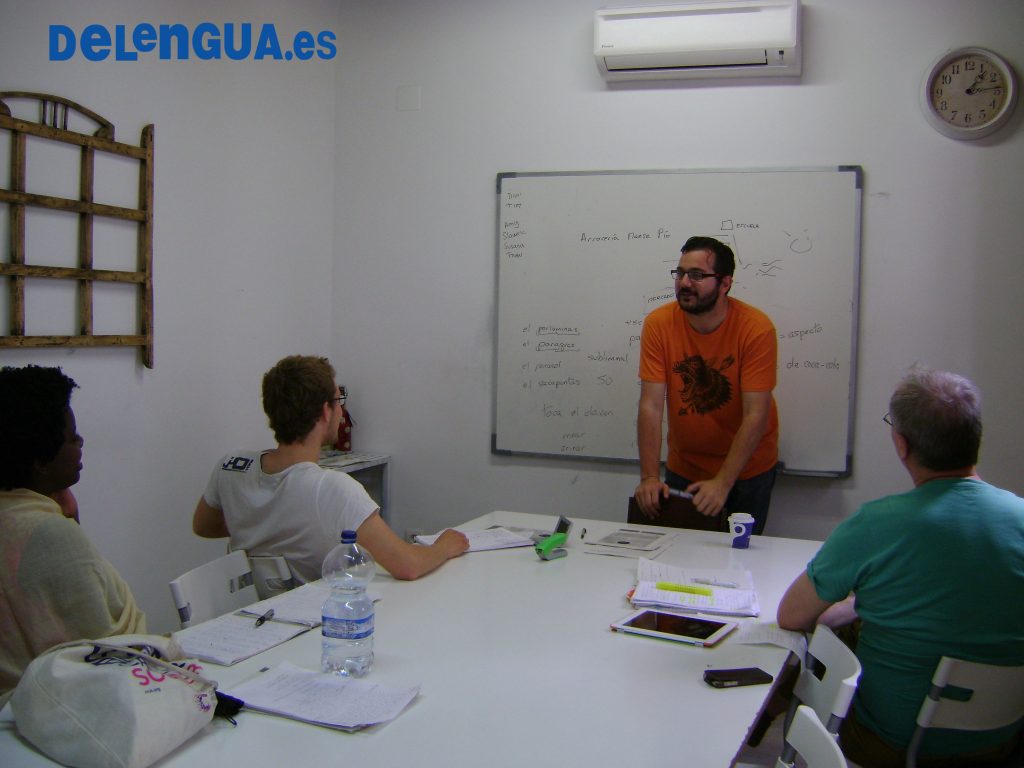

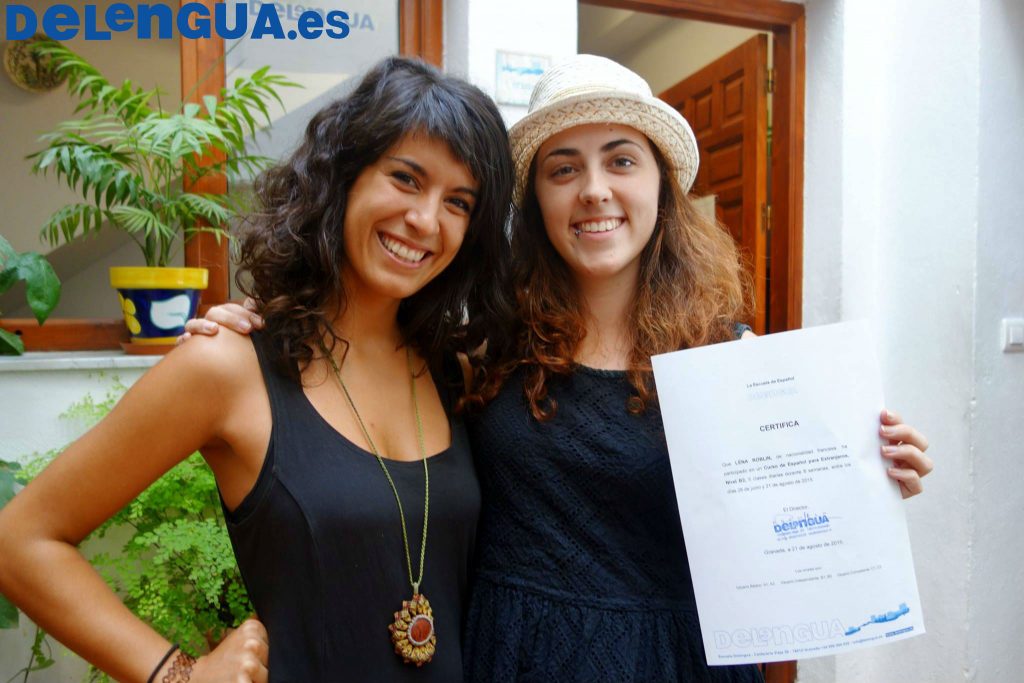
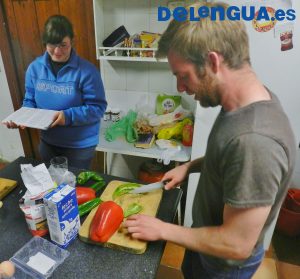

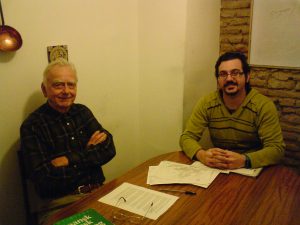
 Federico García Lorca, cuyo nombre completo es Federico del Sagrado Corazón de Jesús García Lorca, es el escritor de mayor influencia y popularidad de la literatura española del siglo XX. Lorca nació el 5 de junio de 1898 en Fuente Vaqueros, un pueblo cerca de Granada. Era hijo de un hacendado y una maestra de escuela. Desde muy pequeño mostró talento artístico, ya con dos años aprendió canciones populares. A causa de una enfermedad no aprendió a caminar hasta los cuatro años y su salud siguió siendo frágil. Por eso pas
Federico García Lorca, cuyo nombre completo es Federico del Sagrado Corazón de Jesús García Lorca, es el escritor de mayor influencia y popularidad de la literatura española del siglo XX. Lorca nació el 5 de junio de 1898 en Fuente Vaqueros, un pueblo cerca de Granada. Era hijo de un hacendado y una maestra de escuela. Desde muy pequeño mostró talento artístico, ya con dos años aprendió canciones populares. A causa de una enfermedad no aprendió a caminar hasta los cuatro años y su salud siguió siendo frágil. Por eso pas